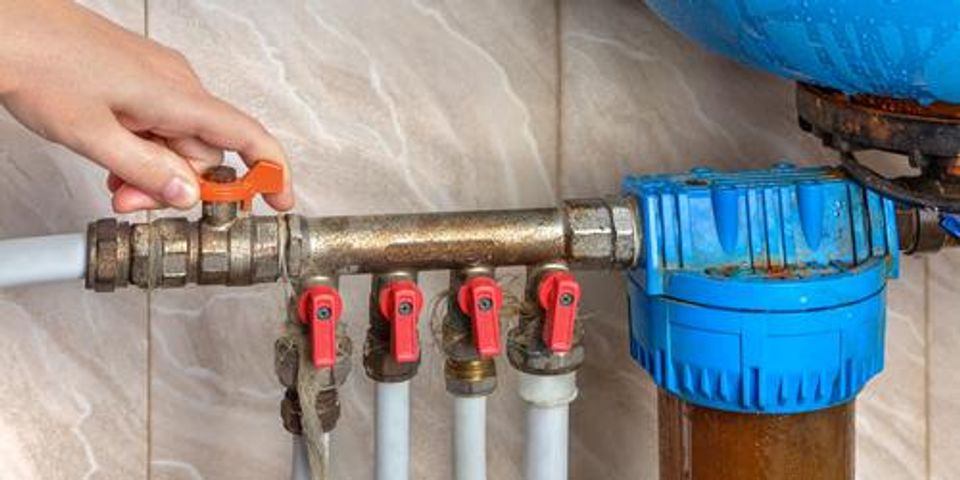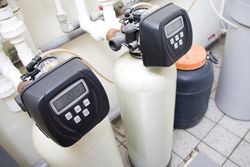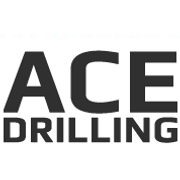What You Need to Know About Well Pumps & Pressure Tanks
By Ace Drilling

Water treatments systems usually include both well pumps and pressure tanks. While most are familiar with the job the former performs, fewer have a strong grasp on what a pressure tank does. With a better understanding of how these components work together, you’ll get the most you can out of your home’s water source.
What Are Pressure Tanks, Anyway?
Just as there are a variety of well pump systems, there are a number of different pressure tanks that are used to store water once it has been drawn up from your well. The tank uses compressed air to weigh it down, which allows it to be pushed out of the tank and into your home when the valve is released. The idea behind it is to keep water flowing smoothly and consistently to the faucets you use in your home.
What Types of Pressure Tanks Are There?
 Two of the most common types are bladder and diaphragm tanks. Diaphragm tanks include two chambers, one for water and one for air. As water enters the tank, a diaphragm is pushed up towards the compressed air chamber, which automatically shuts off the pump once the water chamber has filled up.
Two of the most common types are bladder and diaphragm tanks. Diaphragm tanks include two chambers, one for water and one for air. As water enters the tank, a diaphragm is pushed up towards the compressed air chamber, which automatically shuts off the pump once the water chamber has filled up.
A bladder tank, on the other hand, utilizes a vinyl bladder that is surrounded by compressed air. The well pump efficiently sends water into the bladder, increasing the pressure. When the pump is shut off, the water is stored securely inside the tank and released by a check valve. The main difference is a bladder system can expand and contract until the tank is full.
Knowing how your pressure tank works in harmony with your well pump will give you a better idea of how your home is supplied with water. That way, if there is a glitch in the system, you can easily determine the root cause and call for assistance as soon as possible.
If you’re a well owner in Polson, MT, and are due for well maintenance, it’s time to call Dave and Jay Bick at Ace Drilling. With 40 years of experience, these well pump experts are known for providing comprehensive services at affordable prices. They pride themselves on offering top-notch customer support and are local, so they’re available anytime you need help. For more information, visit them online, or give them a call at (406) 883-3300.
About the Business
(1 reviews)
Have a question? Ask the experts!
Send your question

